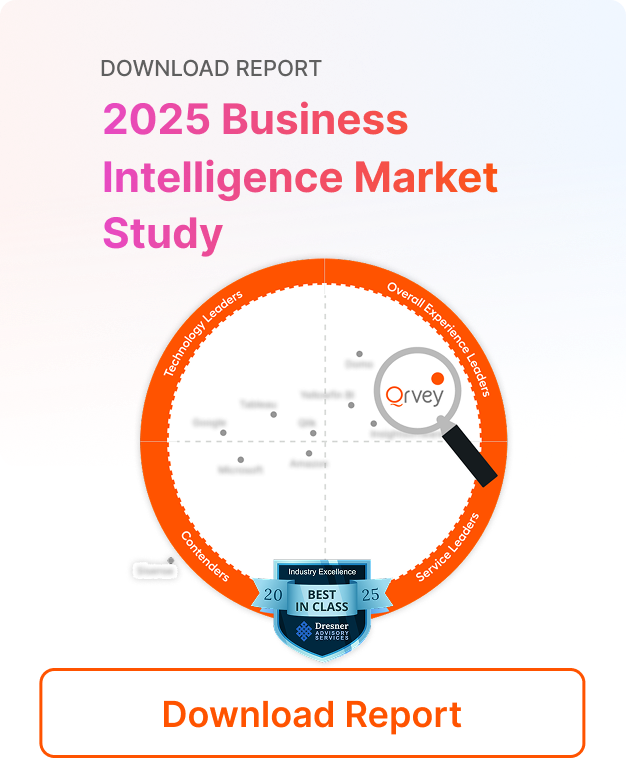For the Second Consecutive Year, Qrvey Has Been Recognized as an Expert Embedded Analytics Vendor in Annual Report Published by Nucleus Research
TYSONS CORNER, Va., October 29, 2025 (Newswire.com) – Qrvey, the leader in multi-tenant embedded analytics for SaaS companies, is proud to announce it has been recognized as an “Expert” in the 2025 Embedded Analytics Technology Value Matrix by Nucleus Research.
The Nucleus Research Technology Value Matrix evaluates the operational value that technology solutions deliver, ranking leading vendors by usability and functionality. It offers a clear framework to help organizations assess which solutions best fit their needs.
The recognition comes as embedded analytics continues to reshape how SaaS companies deliver value. Qrvey’s position as an “Expert” reflects rising demand for solutions that unite flexibility, scalability, and governance.
“As an OEM embedded analytics and AI partner to SaaS companies, it’s critical that their investment with Qrvey delivers continuous value,” said Arman Eshraghi, founder and CEO of Qrvey. “Users want in-context insights that drive decisions within everyday workflows, and our SaaS customers are turning self-service analytics into a growth engine that fuels new revenue streams.”
As generative AI transforms analytics from dashboards to dialogue, Qrvey’s AI capabilities let users query data in natural language, visualize insights instantly, and act on information intuitively – speeding time to insights and value.
With embedded analytics rapidly evolving, Qrvey remains committed to empowering SaaS companies with scalable, intelligent solutions that deliver measurable business impact.
To learn more about the report, visit NucleusResearch.com.
About Nucleus Research
Nucleus Research is the recognized global leader in ROI technology research. Using a case-based approach, Nucleus Research provides research streams and advisory services that allow vendors and end users to quantify and maximize the return from their technology investments. For more information, visit NucleusResearch.com or follow the company’s latest updates on LinkedIn.
About Qrvey
Qrvey is the leader in multi-tenant embedded analytics purpose-built for SaaS companies. Qrvey delivers powerful self-service analytics, automation, and AI-driven insights – all within a cloud-native architecture with agentic AI at its core. Qrvey empowers SaaS teams to deliver insight for their customers, agility for their product teams, and growth for their business. Learn more at Qrvey.com.

David is the Chief Technology Officer at Qrvey, the leading provider of embedded analytics software for B2B SaaS companies. With extensive experience in software development and a passion for innovation, David plays a pivotal role in helping companies successfully transition from traditional reporting features to highly customizable analytics experiences that delight SaaS end-users.
Drawing from his deep technical expertise and industry insights, David leads Qrvey’s engineering team in developing cutting-edge analytics solutions that empower product teams to seamlessly integrate robust data visualizations and interactive dashboards into their applications. His commitment to staying ahead of the curve ensures that Qrvey’s platform continuously evolves to meet the ever-changing needs of the SaaS industry.
David shares his wealth of knowledge and best practices on topics related to embedded analytics, data visualization, and the technical considerations involved in building data-driven SaaS products.
Popular Posts
Why is Multi-Tenant Analytics So Hard?
BLOG
Creating performant, secure, and scalable multi-tenant analytics requires overcoming steep engineering challenges that stretch the limits of...
How We Define Embedded Analytics
BLOG
Embedded analytics comes in many forms, but at Qrvey we focus exclusively on embedded analytics for SaaS applications. Discover the differences here...
White Labeling Your Analytics for Success
BLOG
When using third party analytics software you want it to blend in seamlessly to your application. Learn more on how and why this is important for user experience.








